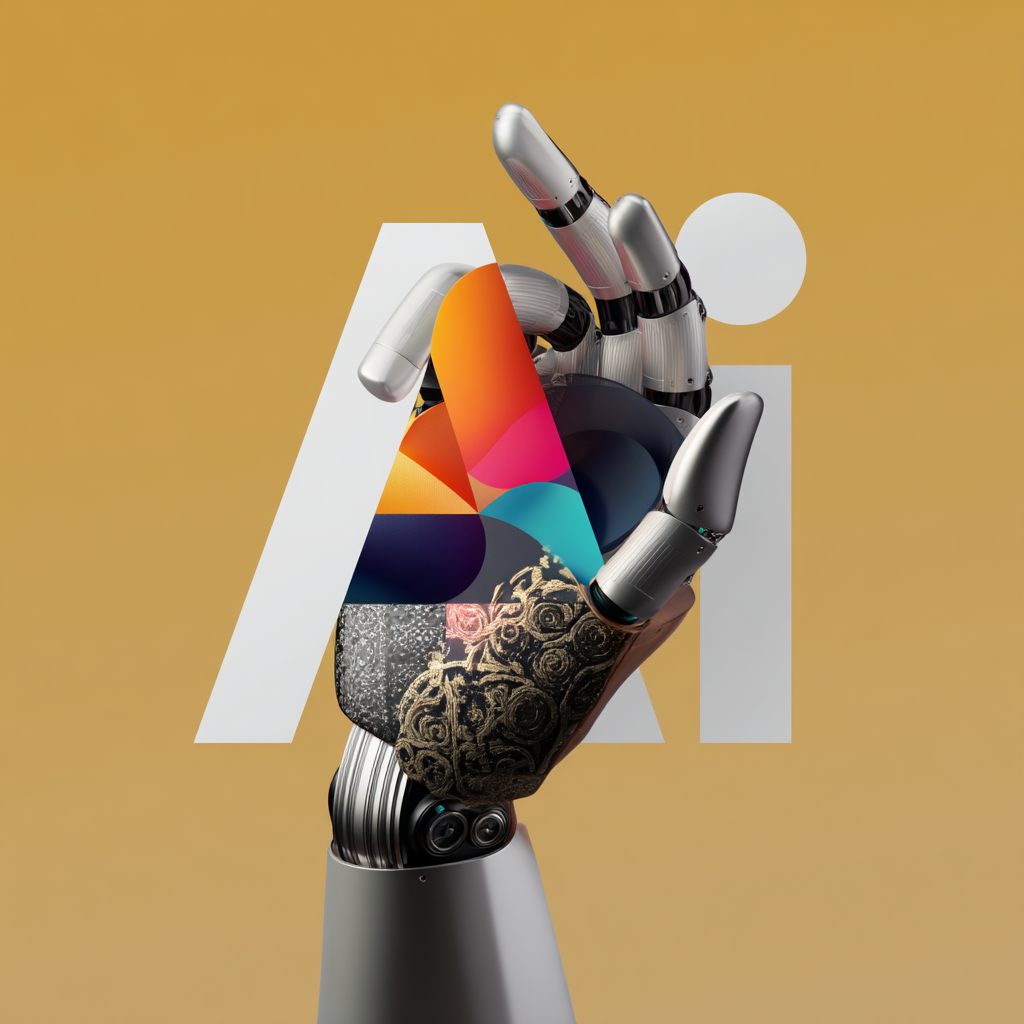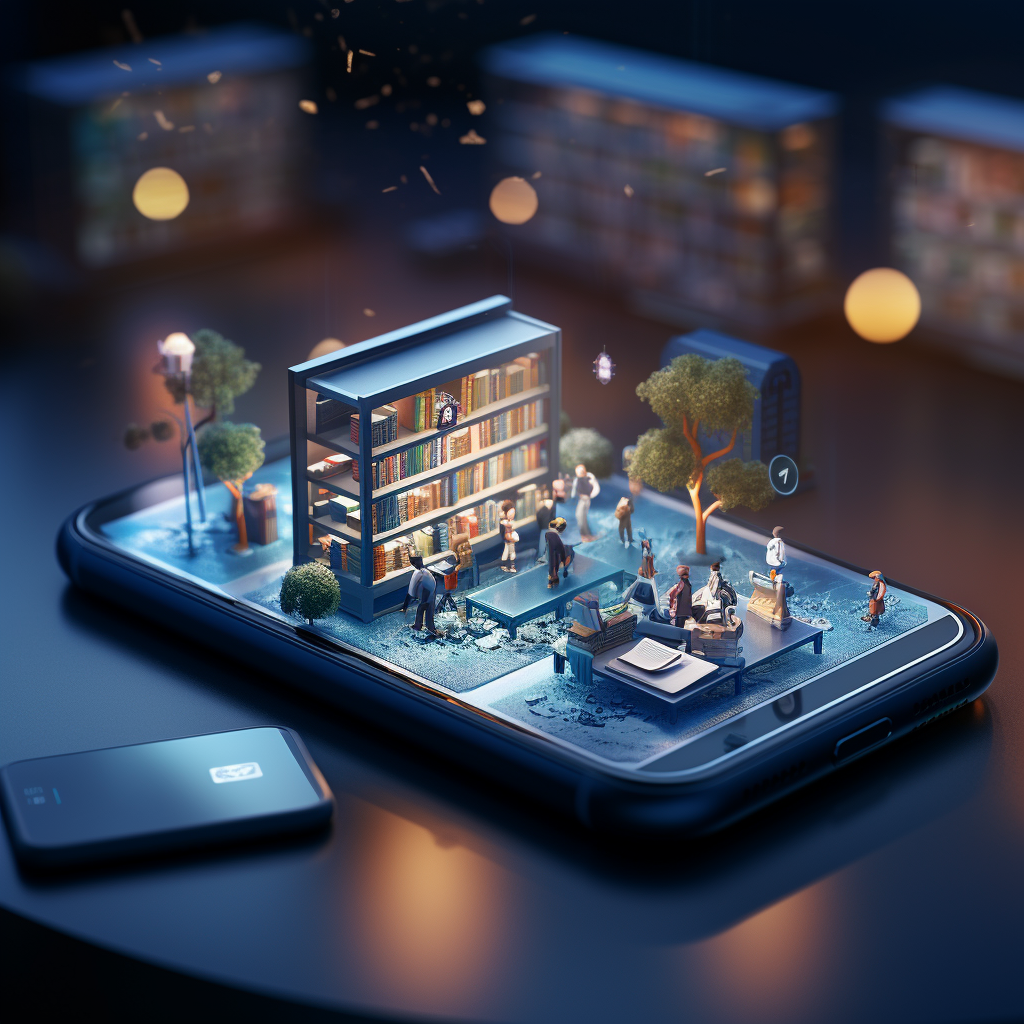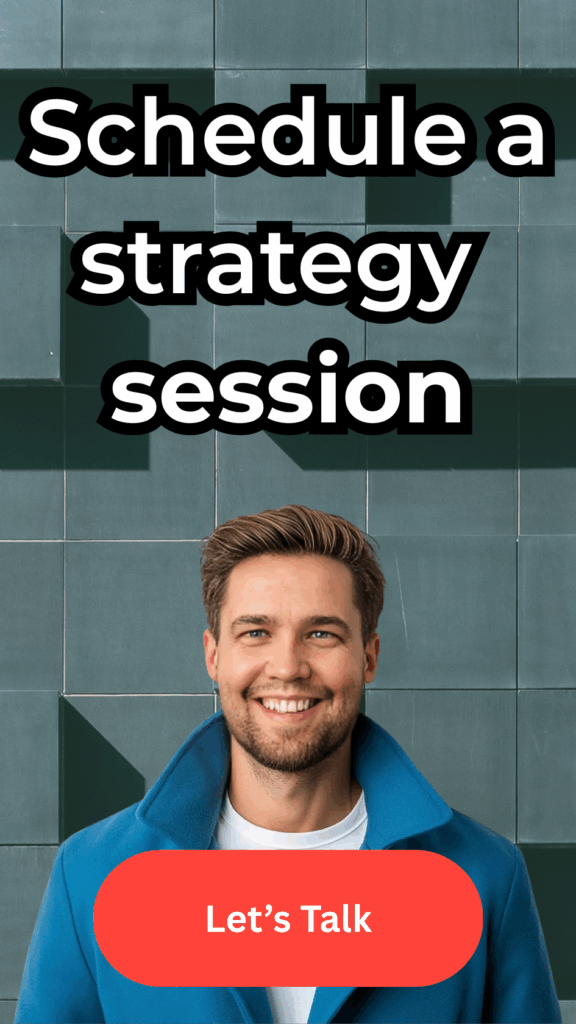Content creation has entered a new era. Visuals once crafted in Photoshop are now generated in seconds with text prompts. For content marketers and social media managers, AI image tools are redefining what “creative workflow” even means.
AI adoption across marketing has skyrocketed—over 80% of teams now use AI regularly—but 2025 marks a shift from “doing more” to “doing better.” In the visual space, this means moving from endless templates to true brand-driven creativity.
Why Image AI Matters Now
Visual production has always been a bottleneck. Every campaign needs dozens of assets: thumbnails, carousels, social banners, ad variants, and product mockups. AI is solving that problem at scale.
Three forces drive this shift:
- Speed: AI tools produce professional visuals in seconds—without creative bottlenecks.
- Scale: Campaigns now require multi-platform consistency; AI ensures brand fidelity automatically.
- Personalization: AI can generate visuals tailored to audiences, moods, or even engagement data.
Marketers no longer ask “Can we make this?” but “Which version performs better?”
The Modern Image AI Toolkit (2025 Edition)
Here are five AI image tools that have become essential for content marketers and social media teams. Each supports fast creation, brand control, and automation.
1. Adobe Firefly
Firefly sits inside the Adobe ecosystem, blending traditional design control with generative AI. It’s trained on licensed data, making its output commercially safe—a critical factor for brand use.
Use it for:
- Creating product visuals, ad backgrounds, and concept art.
- Expanding or editing existing assets.
- Maintaining brand colors and styles across campaigns.
Why it matters: It gives creative pros AI speed without losing brand control.
2. Canva Magic Design

Built for speed and accessibility, Magic Design turns prompts into finished assets—social posts, presentations, or even video thumbnails.
Best for:
- Non-designers managing multiple channels.
- Auto-generating visual variants for A/B testing.
- Keeping visual branding consistent with AI templates.
Tip: Feed it brand kits and tone-of-voice examples to train its design suggestions.
3. Photoroom
Photoroom automates background removal and replacement, making it perfect for eCommerce, influencer marketing, or product storytelling.
Use cases:
- Auto-generating clean product shots.
- Reusing visuals with different contextual backgrounds.
- Batch-editing catalog images.
Why it’s powerful: It blends creative freedom with automation for high-volume visual workflows.
4. Lexica Art

Part generator, part creative search engine, Lexica helps marketers discover and remix AI prompt styles from across industries.
Marketers use it to:
- Explore visual directions or campaign styles.
- Generate inspiration boards from top-performing aesthetics.
- Craft prompts that fit niche audiences (e.g., “B2B fintech illustration”).
Lexica is a creative intelligence tool—perfect for ideation and experimentation.
5. DreamStudio
Powered by Stable Diffusion, DreamStudio gives advanced control over composition, lighting, and texture. Ideal for teams needing cinematic quality.
Use it for:
- Hero banners, ads, and campaign visuals.
- Reimagining photo assets through image-to-image workflows.
- Custom automations with APIs for content workflows.
DreamStudio is often used by agencies that blend brand art direction with technical precision.
From Asset Creation to Visual Strategy
According to State of GTM AI 2025, most marketing teams are still in “Phase 1”—using AI for productivity gains like drafting and design speed. The next frontier, Phase 2, is about strategic creativity: using AI to inform better visual decisions and brand outcomes.
Emerging uses:
- Performance-based creative iteration: Linking engagement data to image variation testing.
- Dynamic visuals: Personalized creative generation for different personas or regions.
- Visual data loops: Feeding top-performing content styles back into AI systems for optimization.
Integrating Image AI Into Your Marketing Workflow
A few steps can help your team use AI tools effectively without losing authenticity:
- Define your brand boundaries.
Document what your brand is and is not. AI needs clear input to produce consistent outputs. - Start with one generalist, one specialist tool.
For example: Canva Magic Design (generalist) + Firefly or DreamStudio (specialist). - Automate repetitive tasks.
Link tools via Zapier or native integrations to your CMS or scheduler. - Create prompt templates.
Develop reusable structures like “Minimalist LinkedIn carousel about [topic], featuring [brand color].” - Audit and iterate.
Analyze which visuals perform best across channels and refine your prompts accordingly.
AI Image Creation in the Context of SEO and AEO
Visual AI doesn’t just accelerate design—it impacts search and discoverability.
The SEO in 2025 reports emphasize that AI-optimized visuals with metadata and schema markup increase visibility in AI Overviews and featured snippets.
That means every image generated should include:
- Descriptive filenames (e.g.,
b2b-content-ai-tools.jpg). - Alt text with contextual meaning, not just keywords.
- Structured data, like
ImageObjectschema, to make visuals machine-readable.
AI-driven search now parses visual content as part of answer synthesis—so branded visuals, when tagged correctly, can improve your authority and citation likelihood in AI summaries.
The Future of Visual Marketing
AI won’t replace creative teams—it will expand what they can execute.
In 2025 and beyond, every brand asset—static, animated, or video—will be co-created by humans and models. The teams that thrive will be those that connect creativity, analytics, and AI literacy.
In short:
AI tools don’t make art. They make possibilities.
It’s your job to decide which ones are worth turning into brand stories.








